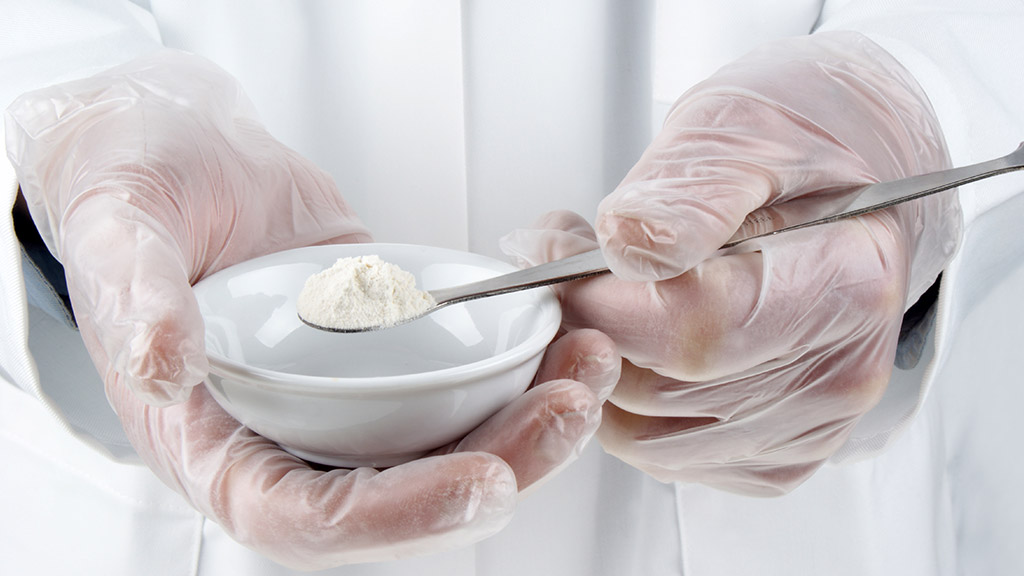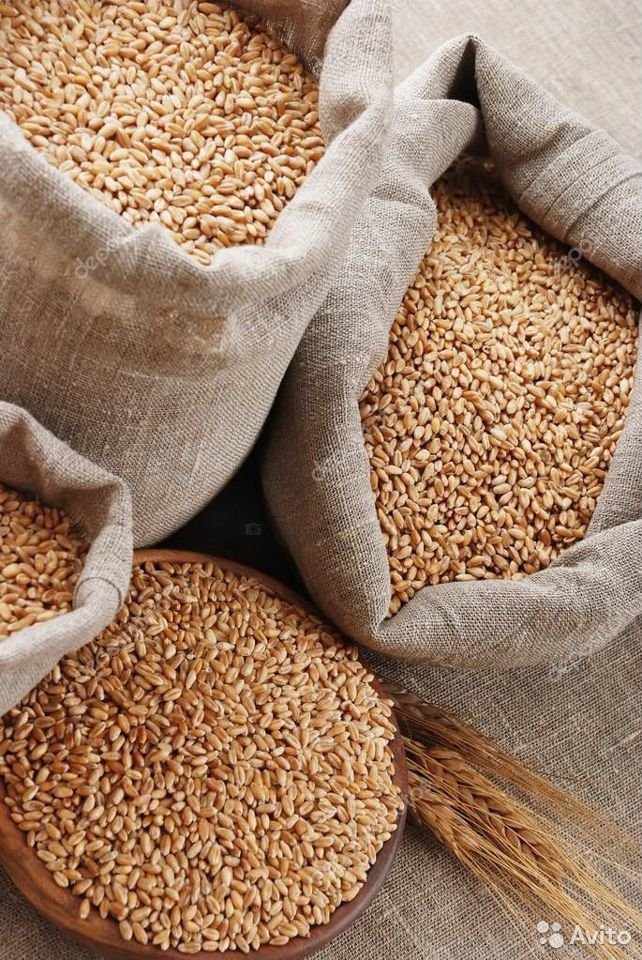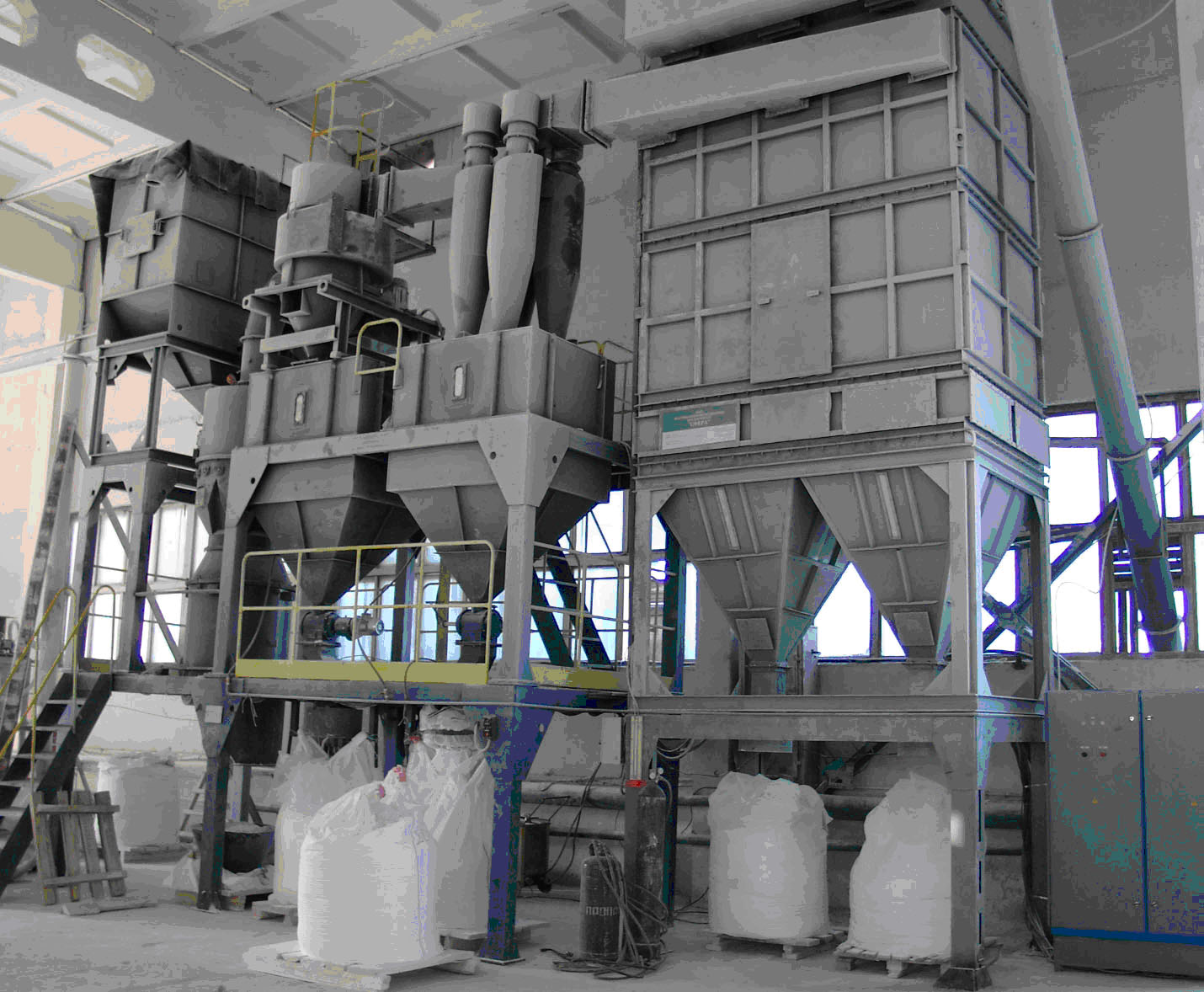Mills face tremendous economic and operational challenges. The situation is even more intricate for mills operating on outdated systems (for example, in Eastern and Central Europe) and relying on expensive imported grain: the cost of the milling batch is rising, but the flour must remain affordable.
A rational approach to resource utilization becomes the key to business survival. Every professional technologist strives to get the natural maximum out of the grain.
However, when a mill operates under technological constraints due to outdated equipment, regular supplies of low test weight grain, or a lack of competence of the team, the efforts are justified only by a small fraction.
The mill operates the best it can to maintain the current level of quality and retain customers.
- There are no resources for modernization: A lack of timely equipment maintenance leads to decline in product quality;
- Processing grain with different characteristics becomes complicated: The technological scheme lacks flexibility;
- Hiring new staff is expensive: Experienced technologists capable of improving mill performance, even slightly, are worth their weight in gold due to a shortage of skilled personnel and workforce migration;
- Training existing employees isn’t an option: Development programs are unaffordable;
- Customers need consistent flour quality and a reliable, uninterrupted supply chain, but they’re sensitive to product pricing.
How to Make the Right Choice for Mill’s Profitability?
This is the exact question a mill from one of our Central European partners has faced.
The mill had been inactive for five years before restarting operations six months prior to the GRAIN IMPROVERS implementation. Hoping for better results, the mill’s management set the following goals:
- Reduce the cost of a milling batch;
- Increase the yield of the flour with an ash content below 0.50%;
- Improve the rheological properties of the flour.
Spoiler alert! GRAIN IMPROVERS helped to achieve all these goals, justifying and even exceeding the expectations of the mill’s team and management. With an average shift load of 8.3 tons of grain per hour, the mill was able to:
- Increase the yield of flour with an ash content of 0.49% by 19.4%;
- Shift the milling balance by reducing the yield of the flour with an ash content of 0.90% by 16.6%;
- Increase the total flour yield by 2.80%, with further growth potential;
- Decrease the cost of a milling batch by 4%.
The potential for increasing low ash content flour yields remains after the implementation. Achieving better results doesn’t require complex technical solutions — keeping the flour streams free from blockages is sufficient.
The mill’s team was pleasantly surprised by the personal support provided by our partner’s team during the GRAIN IMPROVERS implementation. They took a responsible approach to the process, preparing for the arrival of technologists by installing and calibrating a micro-dosing unit on the distribution conveyor and collecting control samples of grain and flour.
Let’s take a closer look at the results the mill has achieved with GRAIN IMPROVERS
The mill’s technologists, both in production and in the laboratory, approached GRAIN IMPROVERS implementation with genuine interest and a desire to achieve results.
Adjusting the Milling Balance Without Compromising Quality ― Done
The milling balance was shifted by diverting tail-end streams into low ash content flour. This approach would not have been possible without GRAIN IMPROVERS.
Although tail-end streams are rich in protein from the endosperm’s peripheral layer, incorporating them into low ash content flour without enzymatic preparation would compromise ash content, rheological properties, and the color of the flour.
GRAIN IMPROVERS enable efficient removal of the bran before milling (if peeling or scouring machines are available):
- Tail-end streams, typically darker, become significantly lighter;
- The yield of milling products increases even on the early break systems, reducing the load on the reduction systems;
- The mill can consistently produce high-quality, low ash content flour of a single type if needed.
As a result, our partner’s mill increased the yield of the flour with an ash content of 0.49% from 59.6% to 79.8%, by 19.4%. The yield of the flour with an ash content of 0.90% was decreased from 16.6% to 0%.
The total flour yield increased by 2.80%, from 76.20% to 79%. The potential for growth remains and depends on the equipment optimization. After replacing, re-fluting, and polishing the rolls across all systems, the mill is expected to achieve even better results.
Reducing Milling Batch Costs ― Done
The GRAIN IMPROVERS implementation significantly reduced the mill’s production expenses, particularly grain costs. The cost per ton of flour decreased by 4%, while the quality of milling products maintained.
The additional expenses for GRAIN IMPROVERS were fully covered by reduced grain procurement costs, an increase in overall flour yield, and the yield of low ash content flour.
Future profitability has some room for growth: the longer the mill works with GRAIN IMPROVERS, the greater the cumulative effect. Systems become “cleaner,” and equipment operates with proper settings. As a result, the microbiological spoilage in flour decreases.
Maintaining Flour Quality and Improving Rheological Properties ― Done
Flour quality determines a mill’s success on the market, making it essential to strive for a balance between quality and price. While our client aimed to increase flour yields, they understood that preserving or enhancing the flour’s baking properties would be one of the key factors.
Rheological and baking properties of flour are directly tied to the quality and quantity of protein it contains.
Despite using lower cost grain in the milling process, the protein content in the flour with an ash content of 0.49% increased from 11.78% to 11.88%, by 0.10%. This effect is a direct result of the GRAIN IMPROVERS’ action. Enzyme complexes enriched the flour with protein from the endosperm’s peripheral layer, the part that often gets “lost” with the bran during milling.
Post-implementation, the potential for further increases in protein content and flour enrichment remains. The mill can easily achieve this goal by maintaining proper flow paths and continuing to use GRAIN IMPROVERS.
With GRAIN IMPROVERS, the Quality of Flour Can Be Enhanced on Any Equipment
The quality of flour produced with GRAIN IMPROVERS always increases, regardless of the used equipment.
The effectiveness of GRAIN IMPROVERS is evident in the results of laboratory baking as well:
- Mill’s personnel observed that the dough became “fluffier,” softer, and more elastic;
- Dough stability has improved, and the bread’s crust took on a beautiful brown color without visible cracks;
- The crumb was evenly baked, no stickiness or excess moisture were noted;
- The aroma of the finished product was much more appealing, and its flavor got significantly richer.





